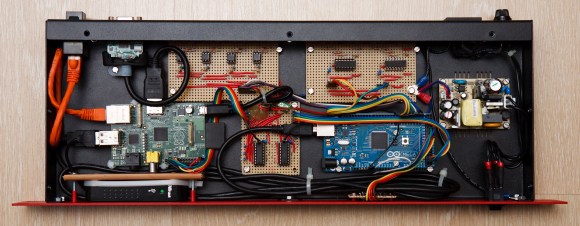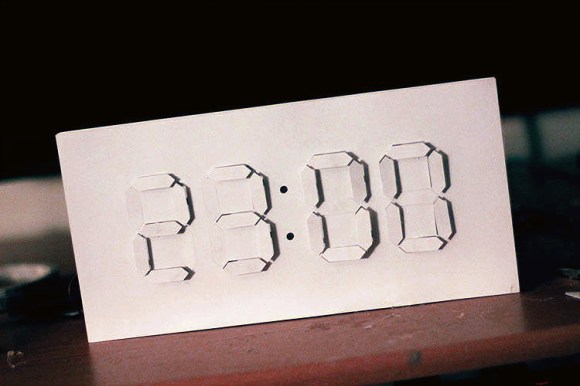
This may qualify less as a hack and more as clever combination of video game input devices, but we thought it was well worth showing off. [Jack] and his team built Dragon Eyes from scratch at the 2013 Dundee Dare Jam. If you’re unfamiliar with “Game Jams” and have any aspirations of working in the video game industry, we highly recommend that you find one and participate. With only 48 hours to design, code, build assets and test, many teams struggle to finish their entry. Dragon Eyes, however, uses the indie-favorite game engine Unity3D to smoothly coordinate its input devices, allowing players to experience dragon flight. The Kinect reads the player’s arm positions (including flapping) to direct the wings for travel, while the Oculus Rift performs its usual job as immersive VR headgear.
Combining a Kinect and a Rift isn’t particularly uncommon, but the function of the microphone is. By blowing into a headset microphone, players activate the dragon’s fire-breathing. How’s that for interactivity? You can see [Jack] roasting some sheep in a demonstration video below. If you have a Kinect and Rift lying around and want some first-person dragon action, [Jack] has kindly provided a download of the build in the project link above.
We’re looking forward to more implementations of the Rift; we haven’t seen many just yet. You can, however, check out a Rift used as an aerial camera on a drone.
















